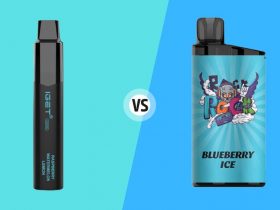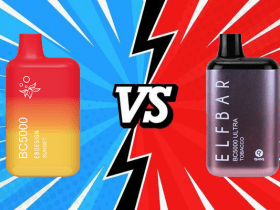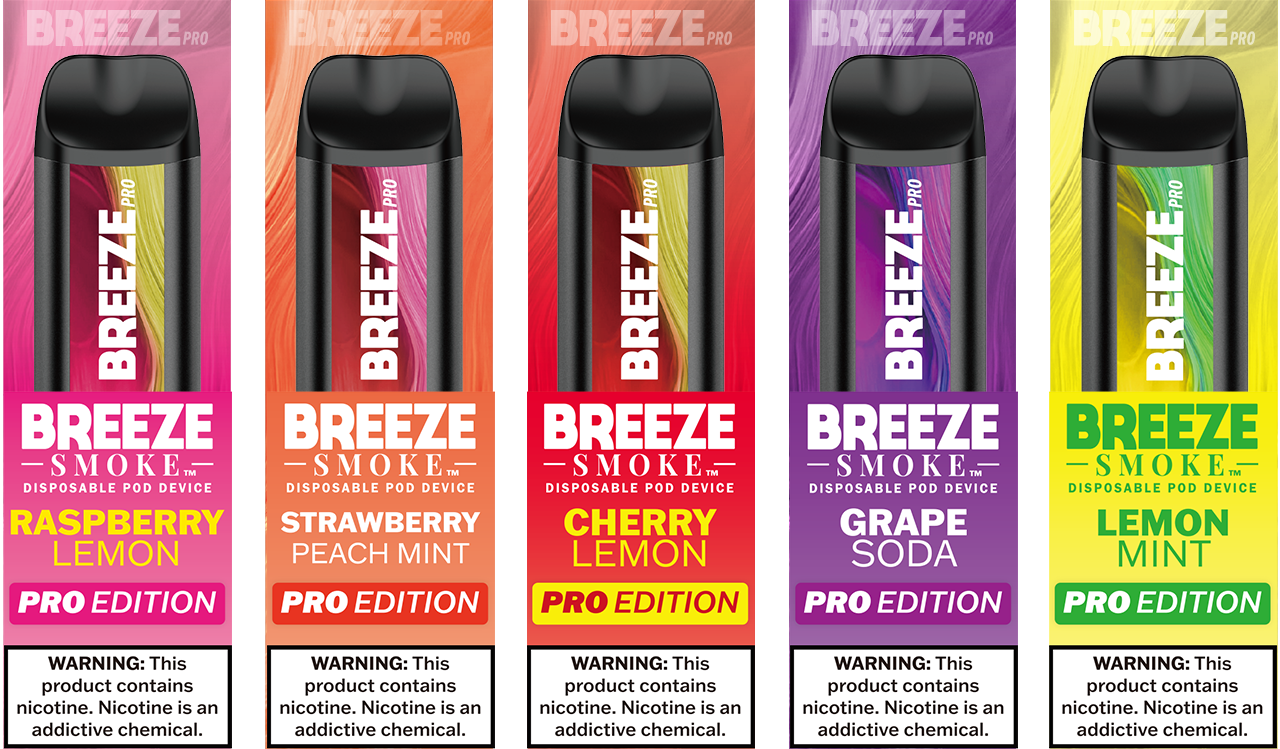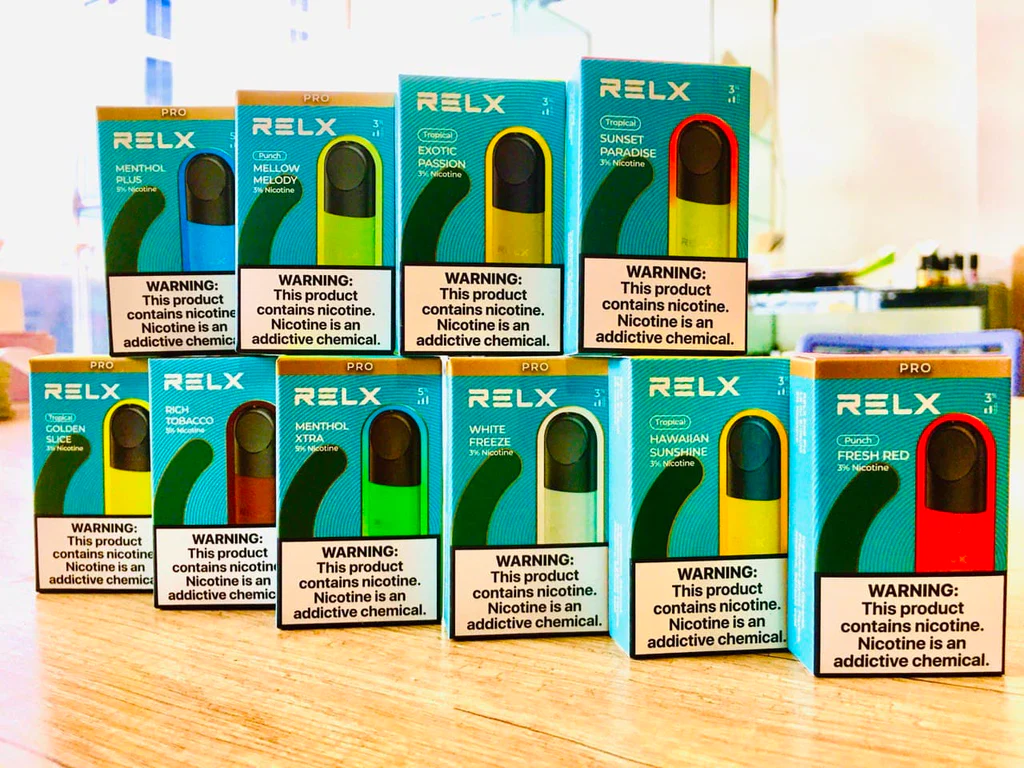On March 14, according to foreign reports, while anti-vaping entities like the Campaign for Tobacco Free Kids have long believed that e-cigarette flavors are attracting young people to nicotine and contributing to the so-called “teenage e-cigarette epidemic”, tobacco products such as Farsalinos Harm reduction experts continue to highlight why taste is critical to helping adult smokers quit. “Everyone likes the taste, from the youngest to the oldest. That’s human nature. You want to use something interesting,” said Dr. Konstantinos Farsalinos, quoted by Filter.
Researchers recently published “The Harm-Reducing, Life-Saving Flavor Case of Tobacco,” which discusses in detail the link between flavored nicotine products and smoking cessation success. The report highlights that the final flavor ban is a form of prohibition that will only fuel the growth of a massive black market and lead to an increase in smoking rates as many e-cigarette users return to smoking.
In a recent Regulator Watch focus on the report, Farsalinos discussed recent bans proposed by Health Canada, saying their case for such a ban may be crumbling as evidence continues to point to its potential negative impact on public health.
The so-called teen vaping epidemic
Farsalinos has spoken in the past about the so-called teen vaping epidemic, explaining why considering an epidemic of increased vaping is a flawed premise. He explained that the risks of nicotine dependence and the risks associated with vaping cannot and should not be compared to the risks of smoking. He added that it is the role of public health officials to weigh the pros and cons of any intervention and examine where the balance lies. Farsalinos added that in the case of e-cigarettes, the pros outweigh the cons, and that needs to be taken into account.
“Even if e-cigarettes are causally linked to subsequent smoking (which has not been proven to be the case, and the phenomenon of common liability is a more plausible explanation), the contribution of e-cigarettes to smoking rates is minimal. We should not forget that over the years, E-cigarette use (mostly experimental) is increasing among teens, and smoking rates have dropped significantly. That’s why I mentioned above that smoking rates should be mentioned when presenting data,” he explained.

















Leave a Reply